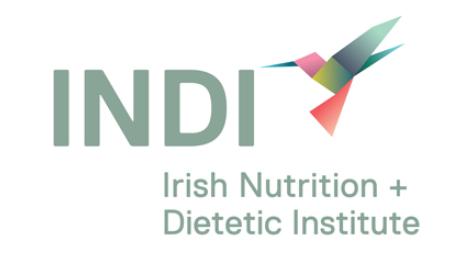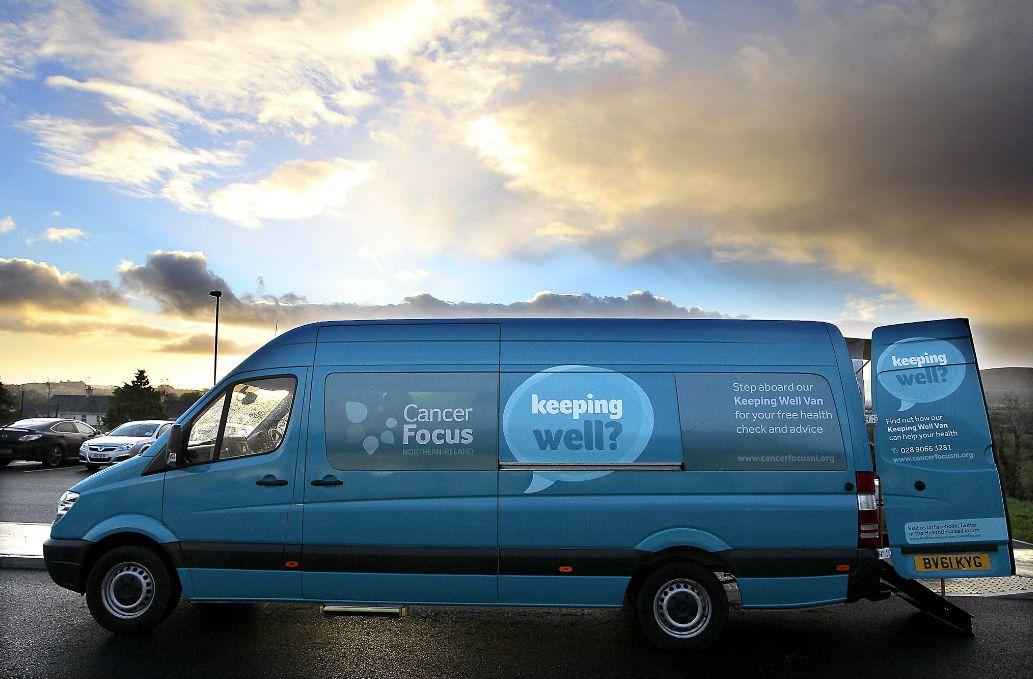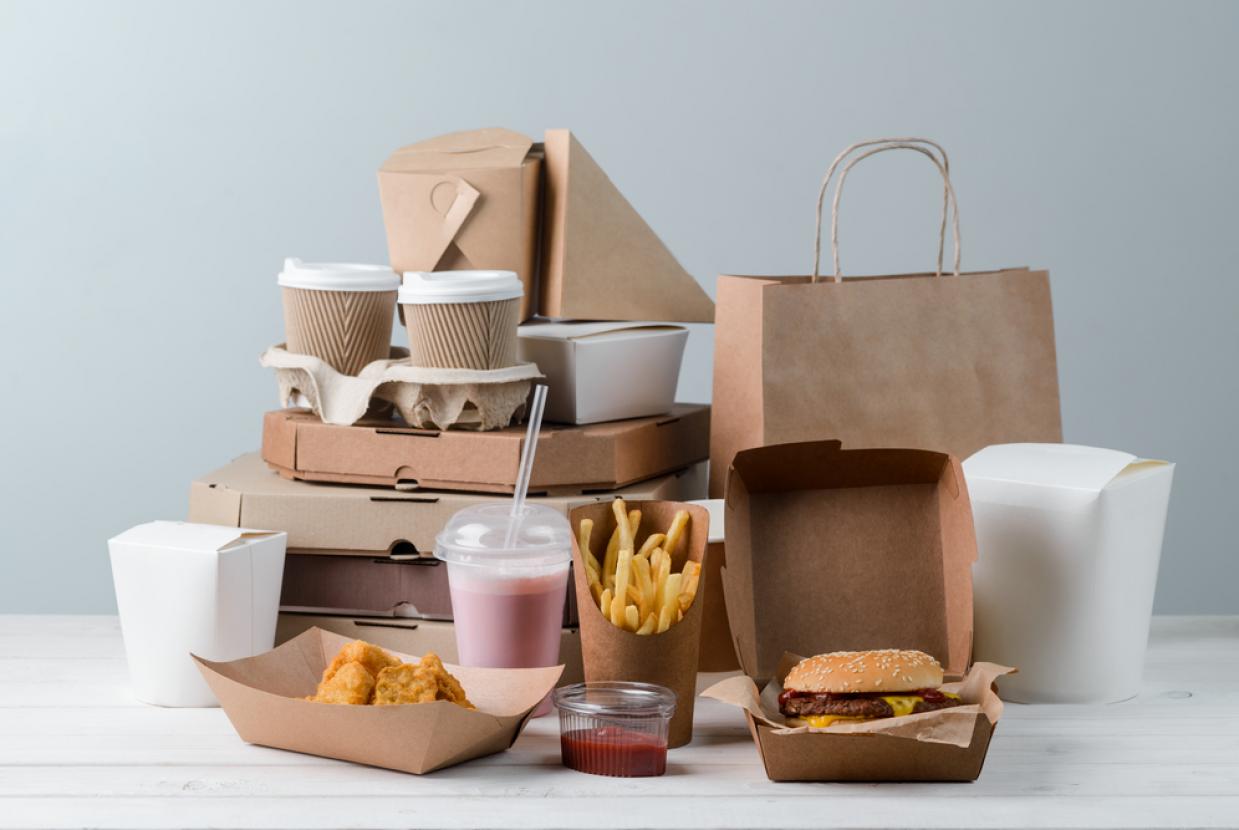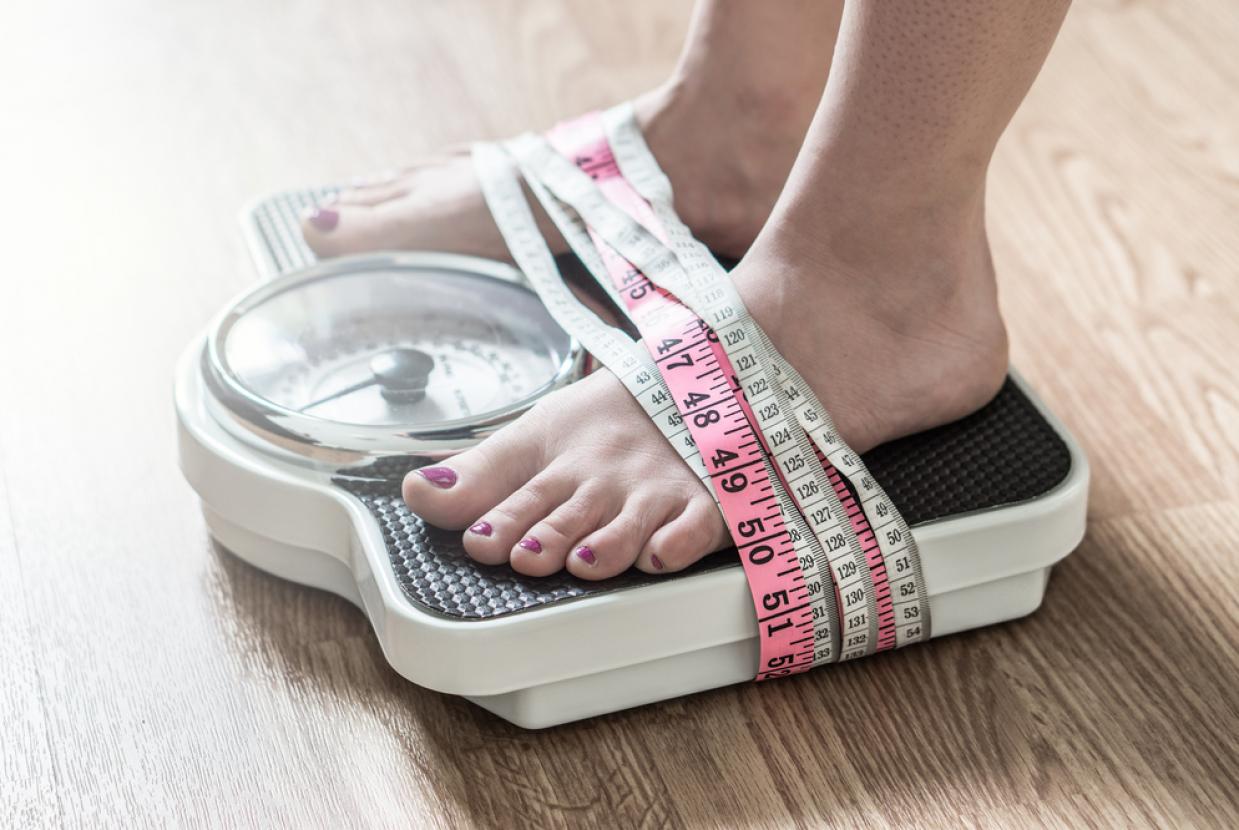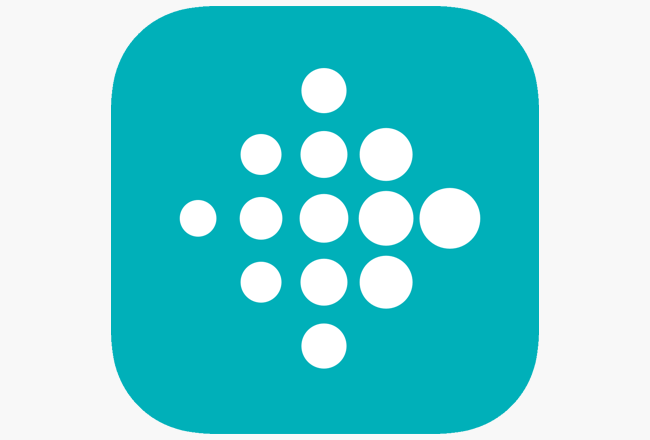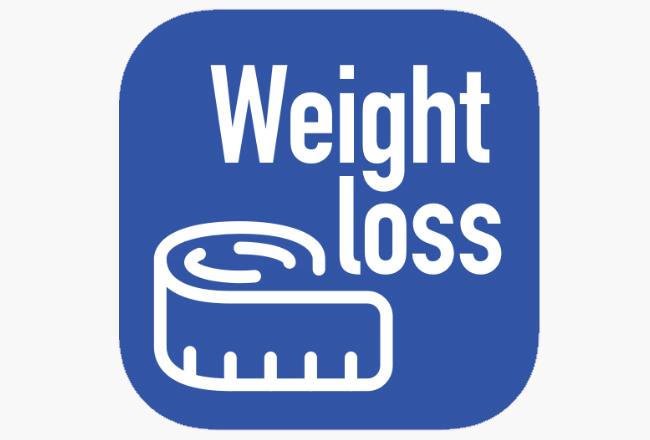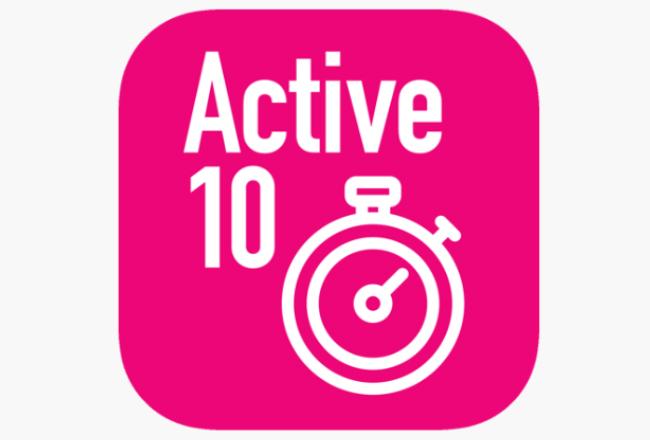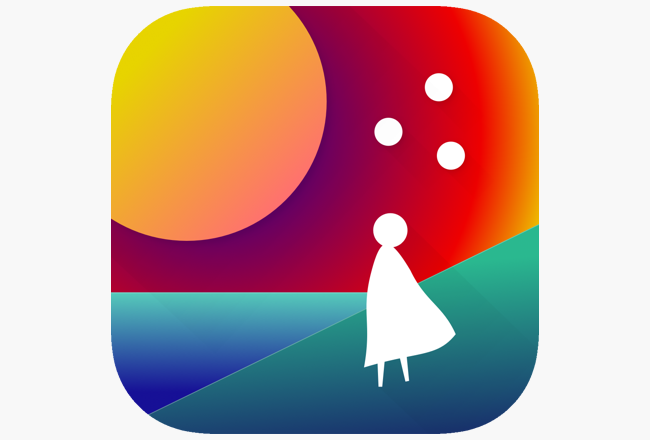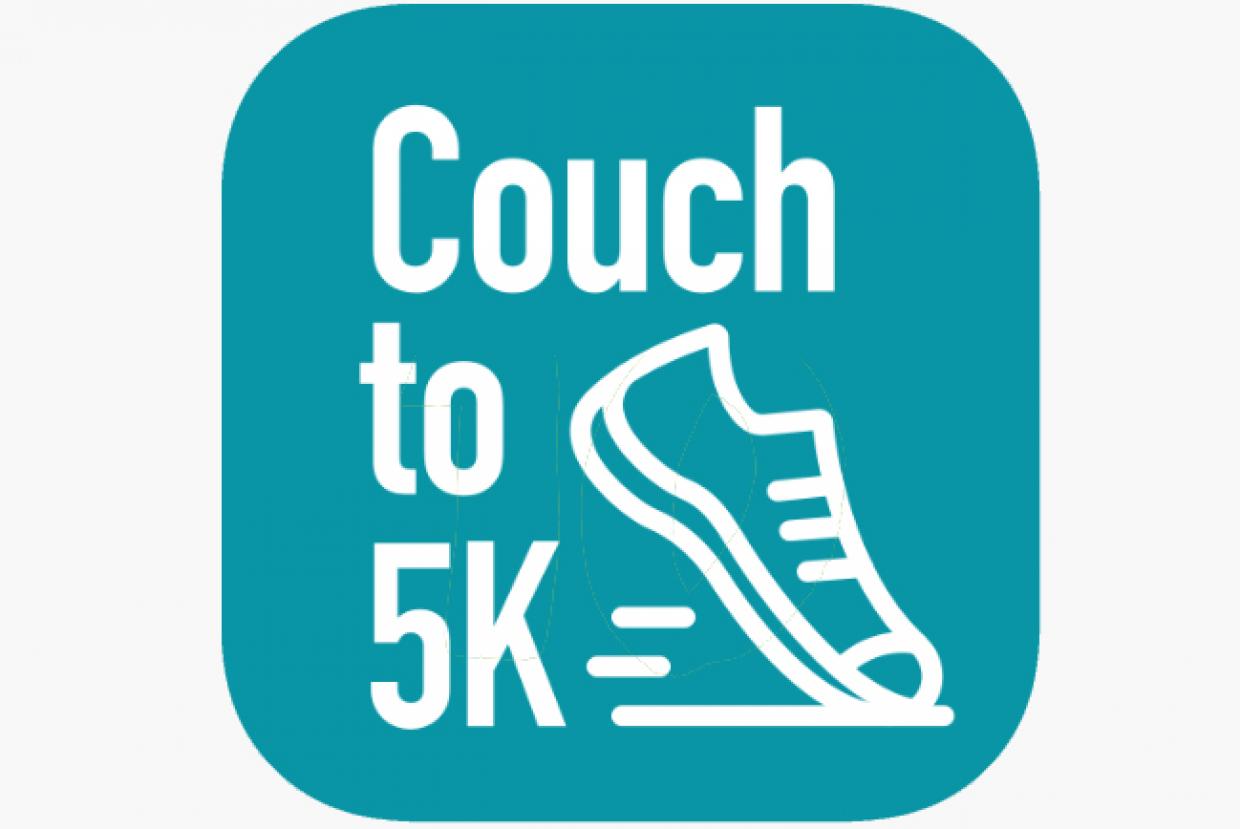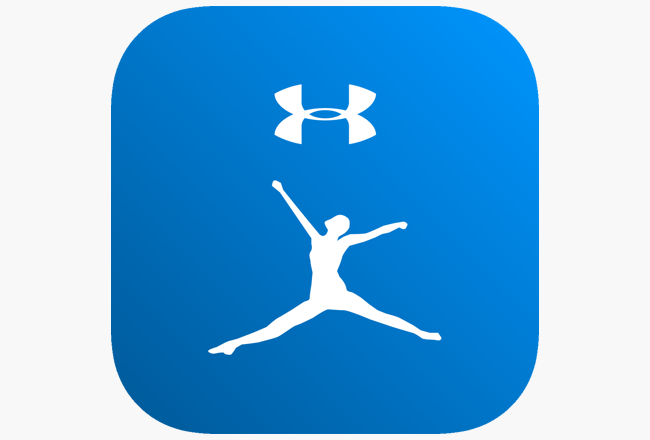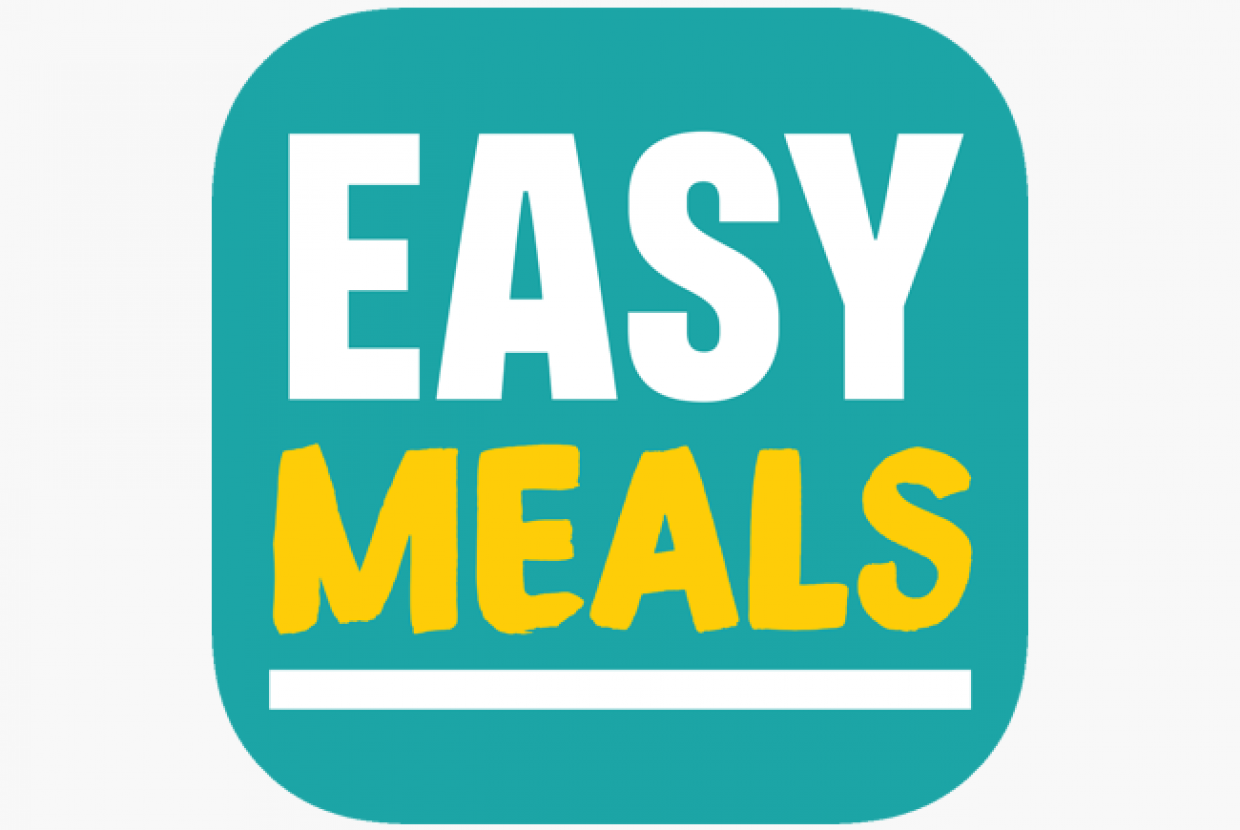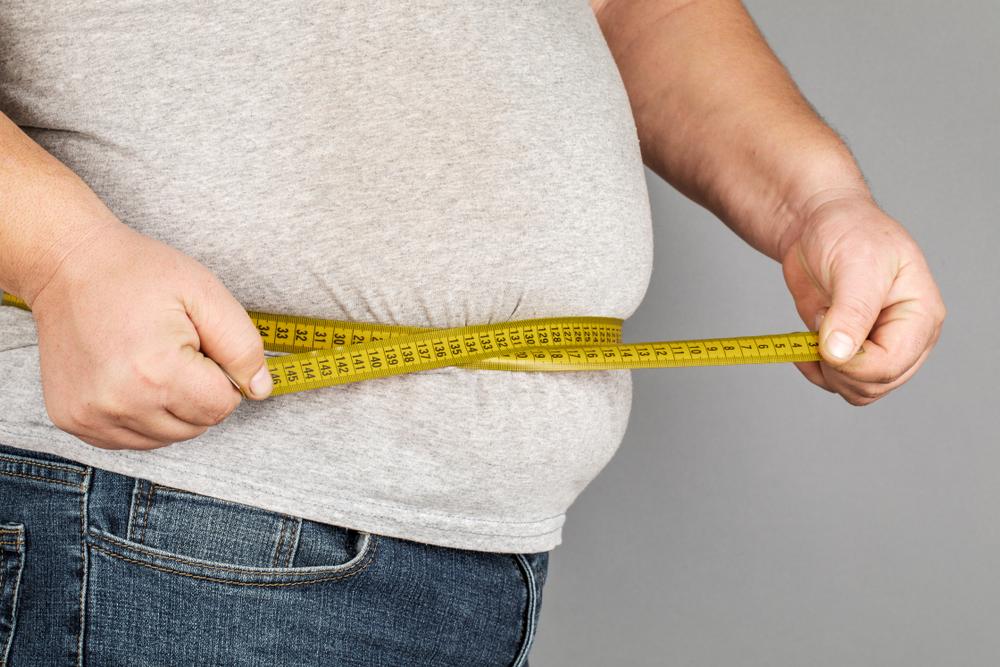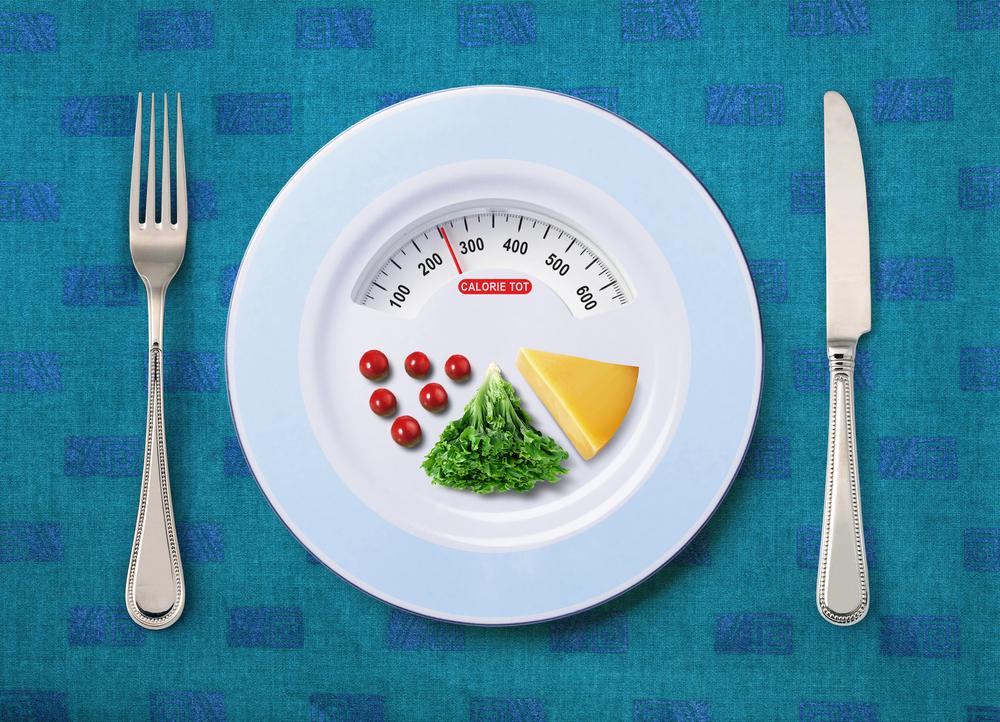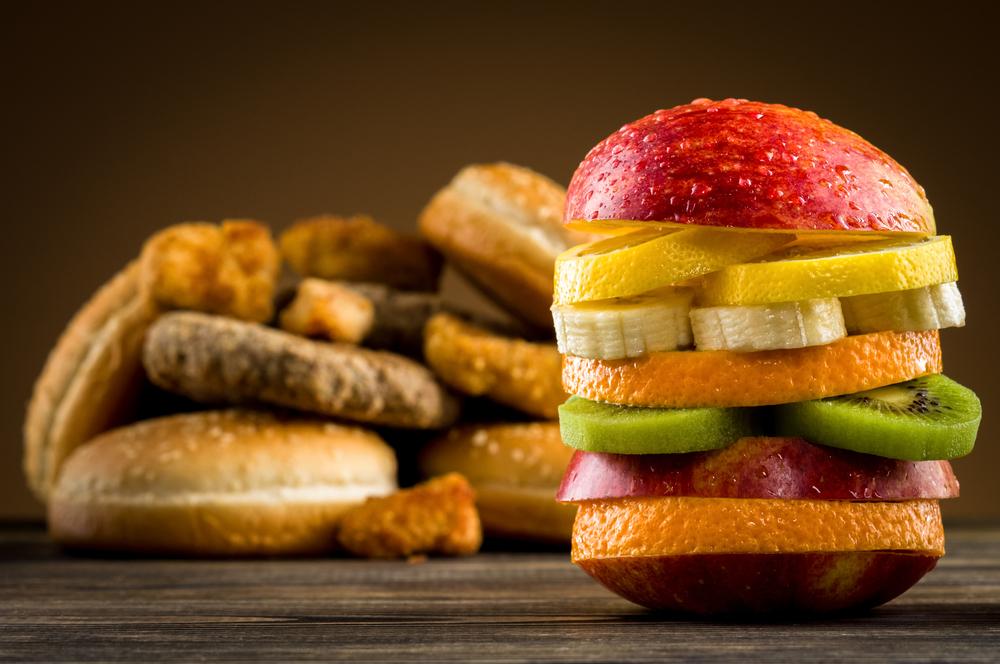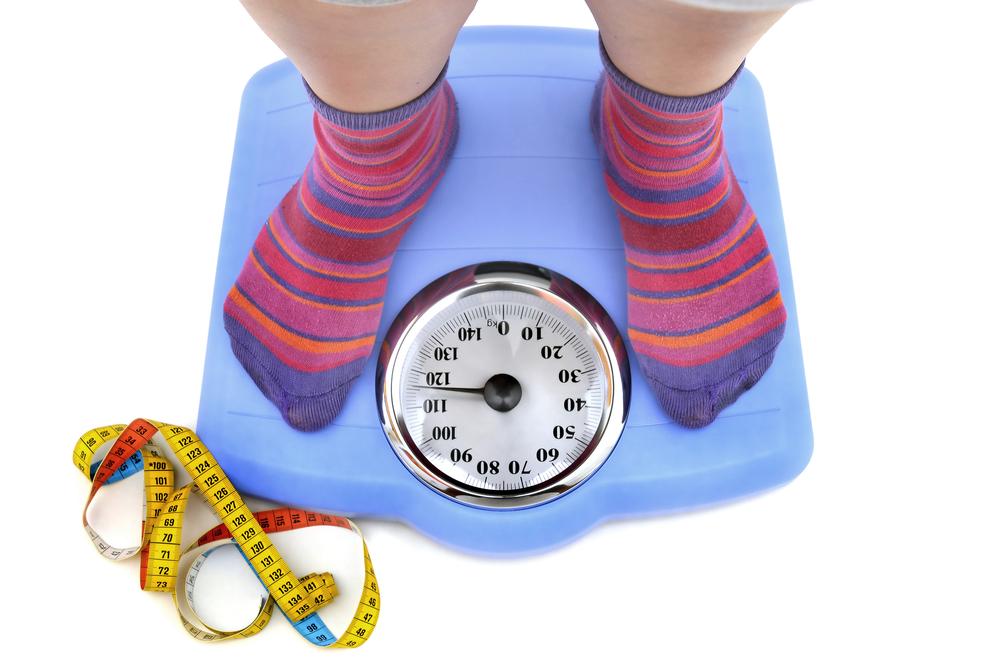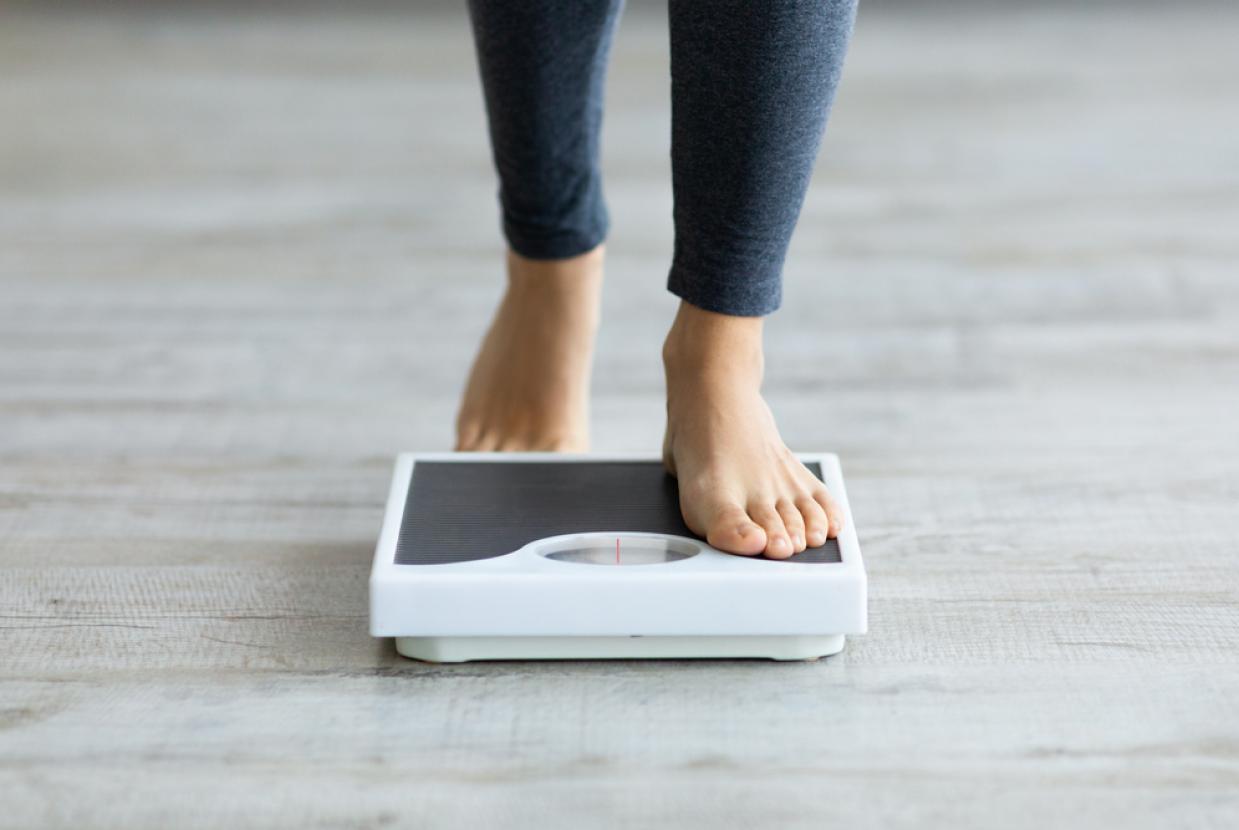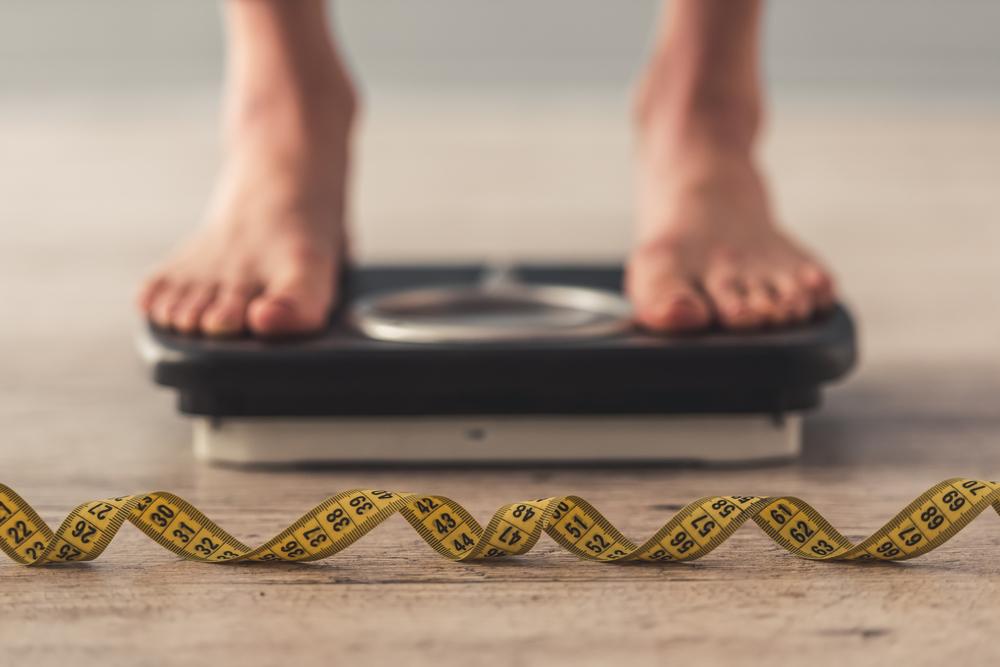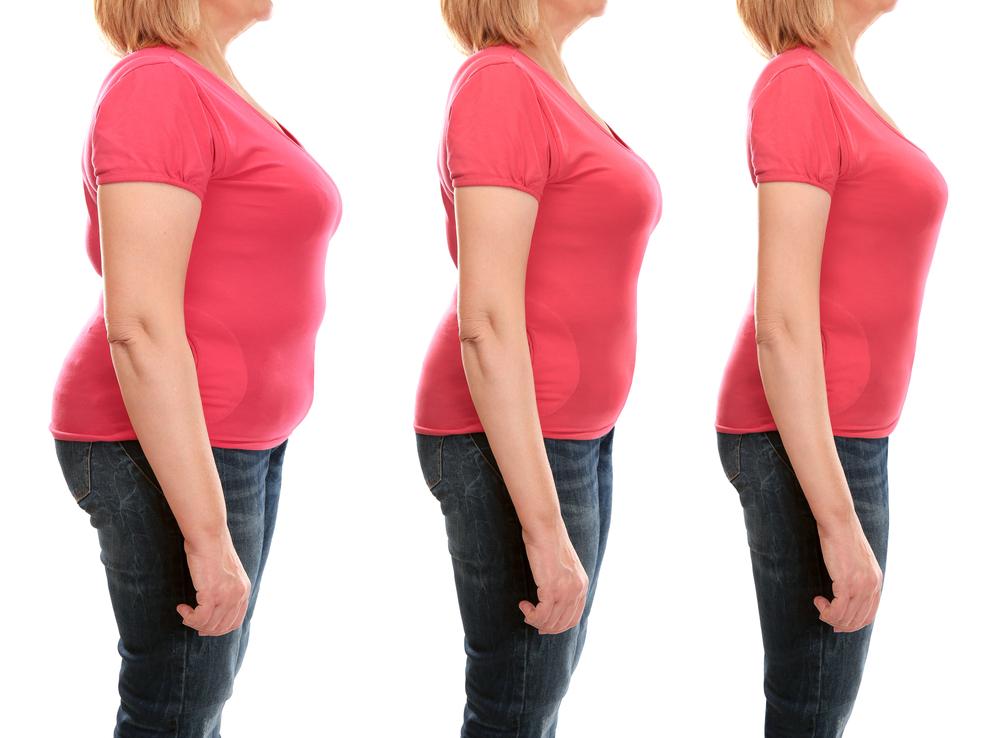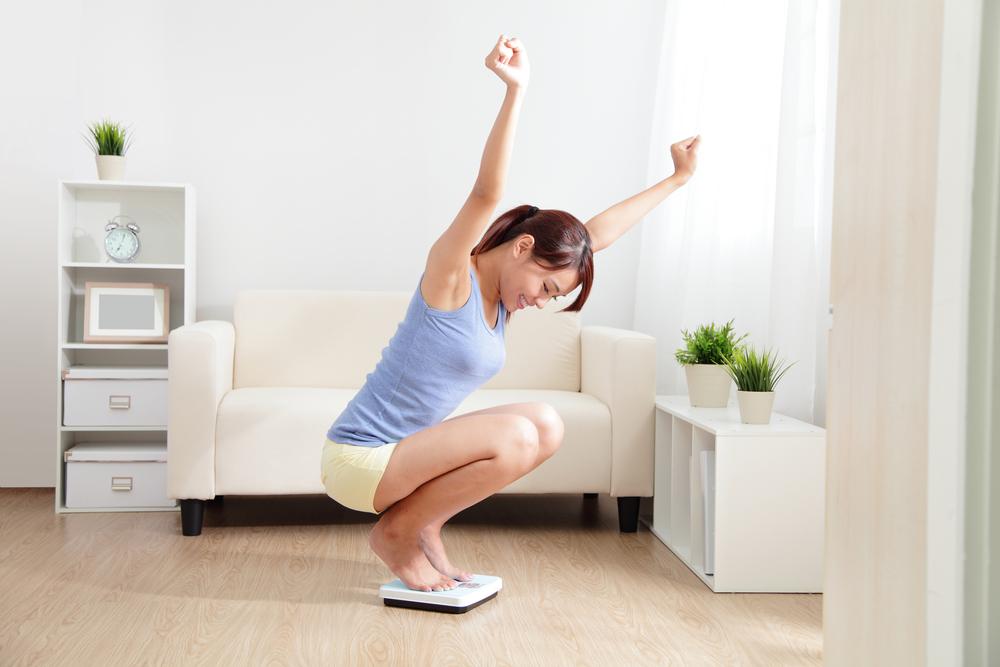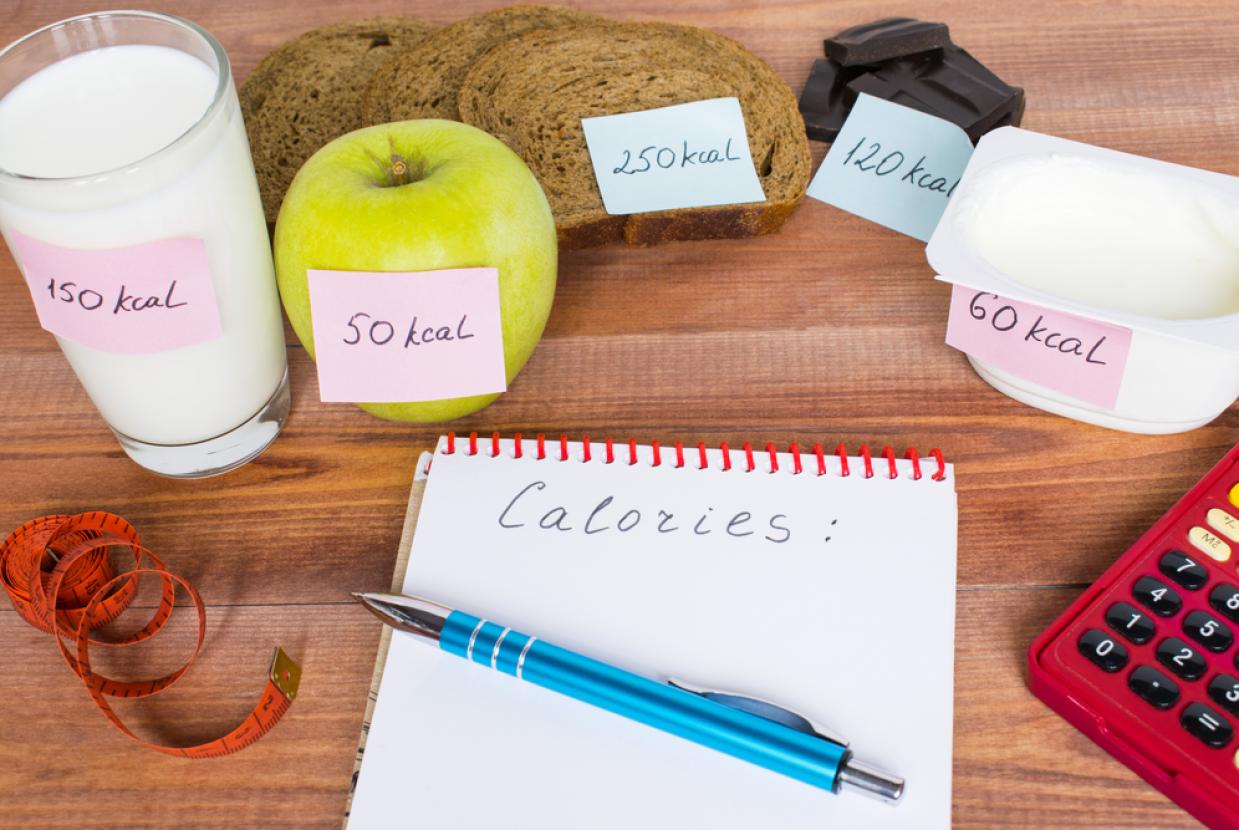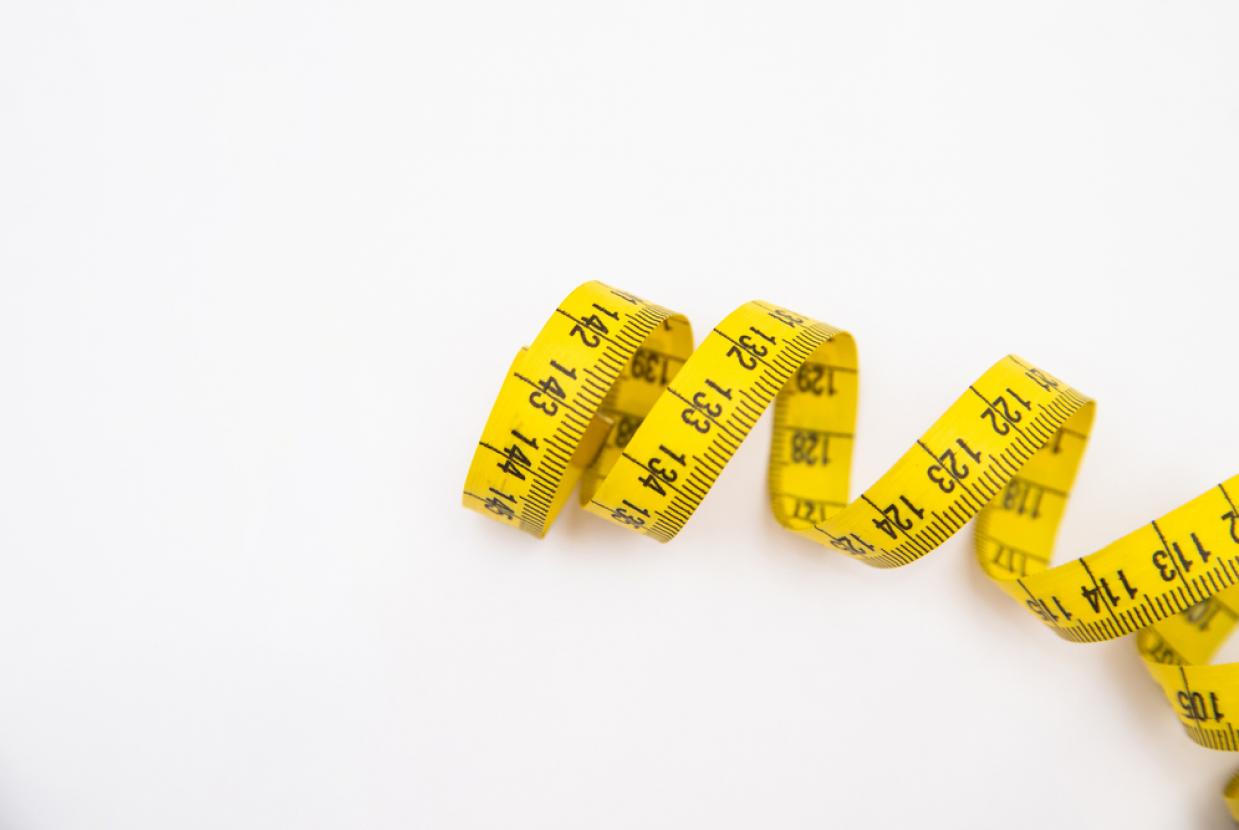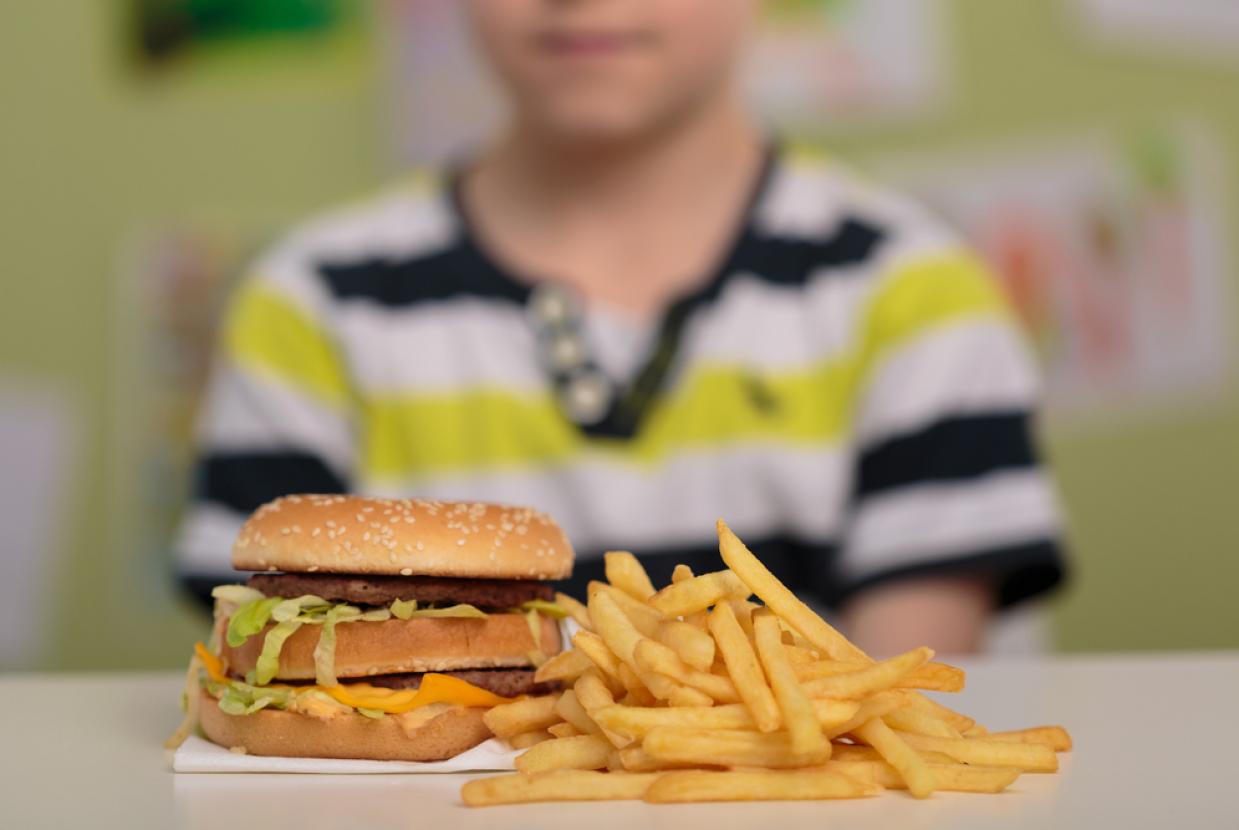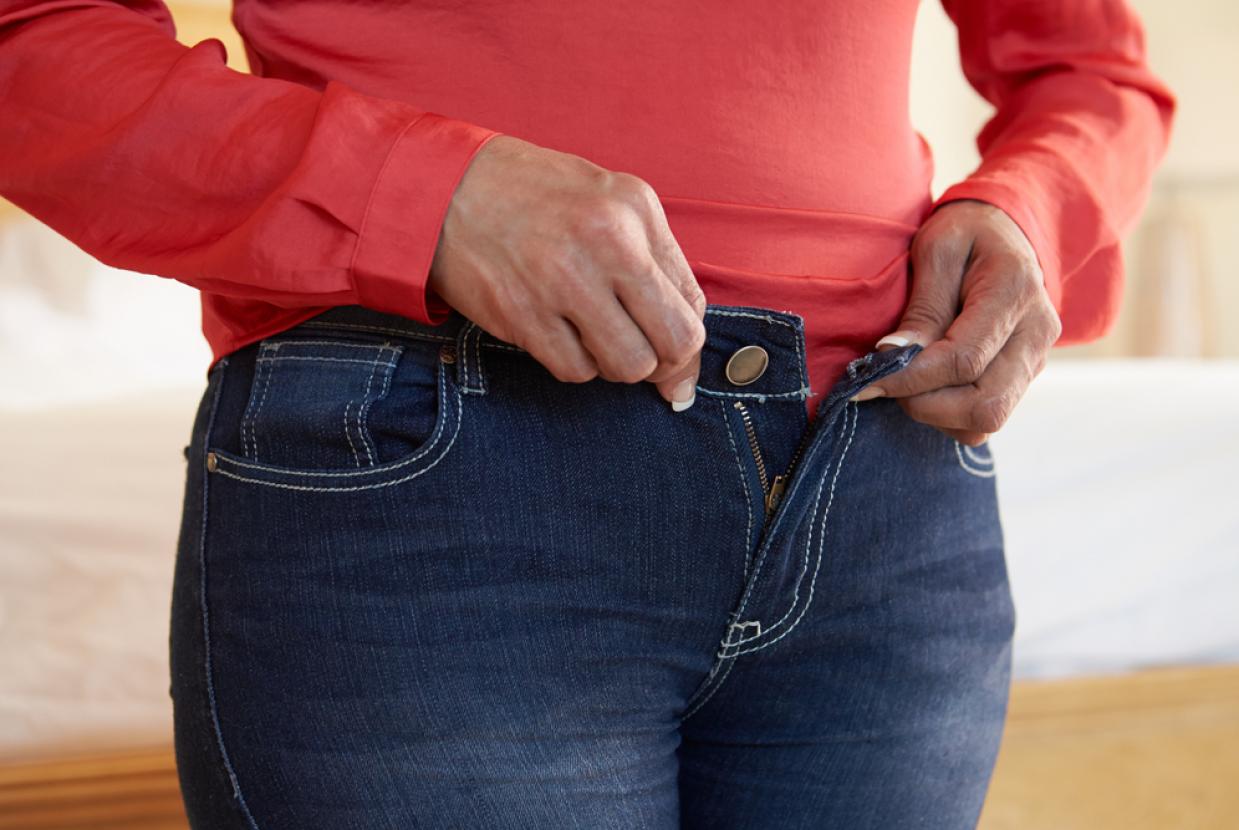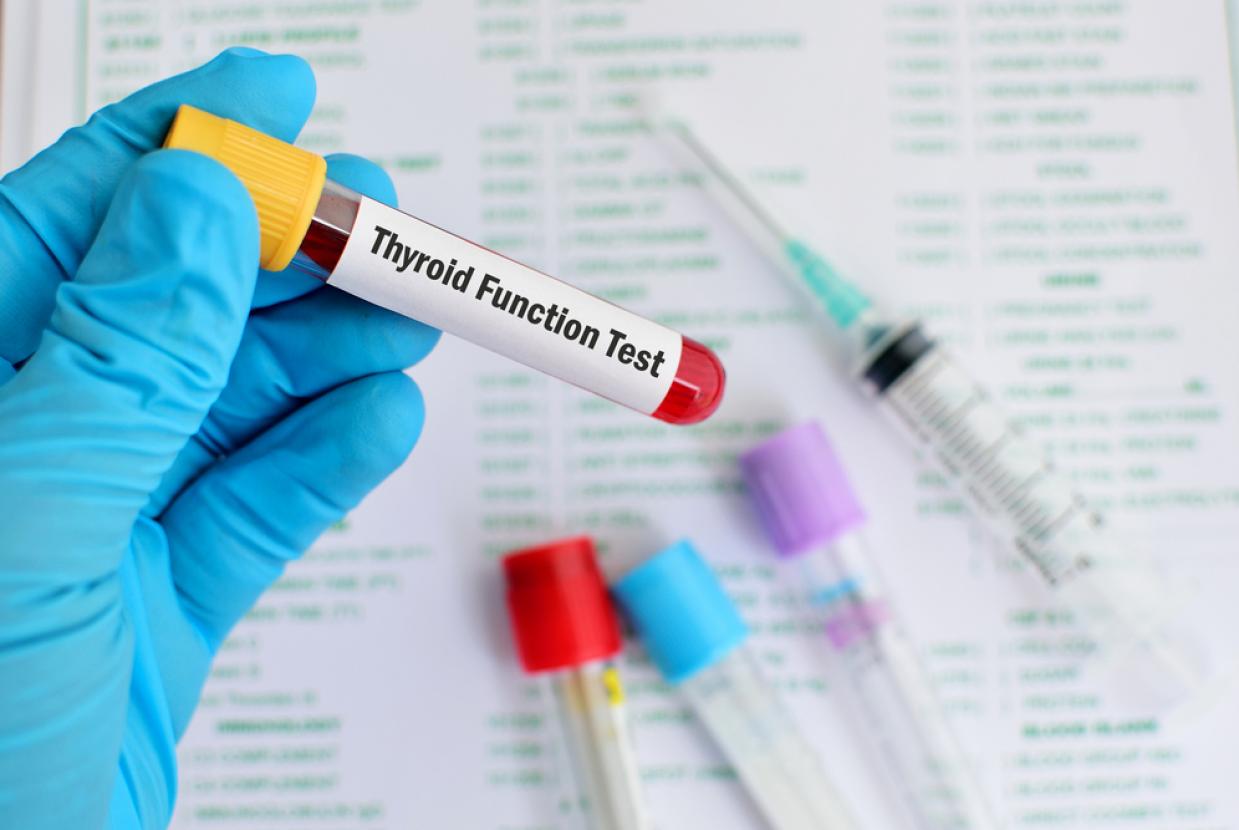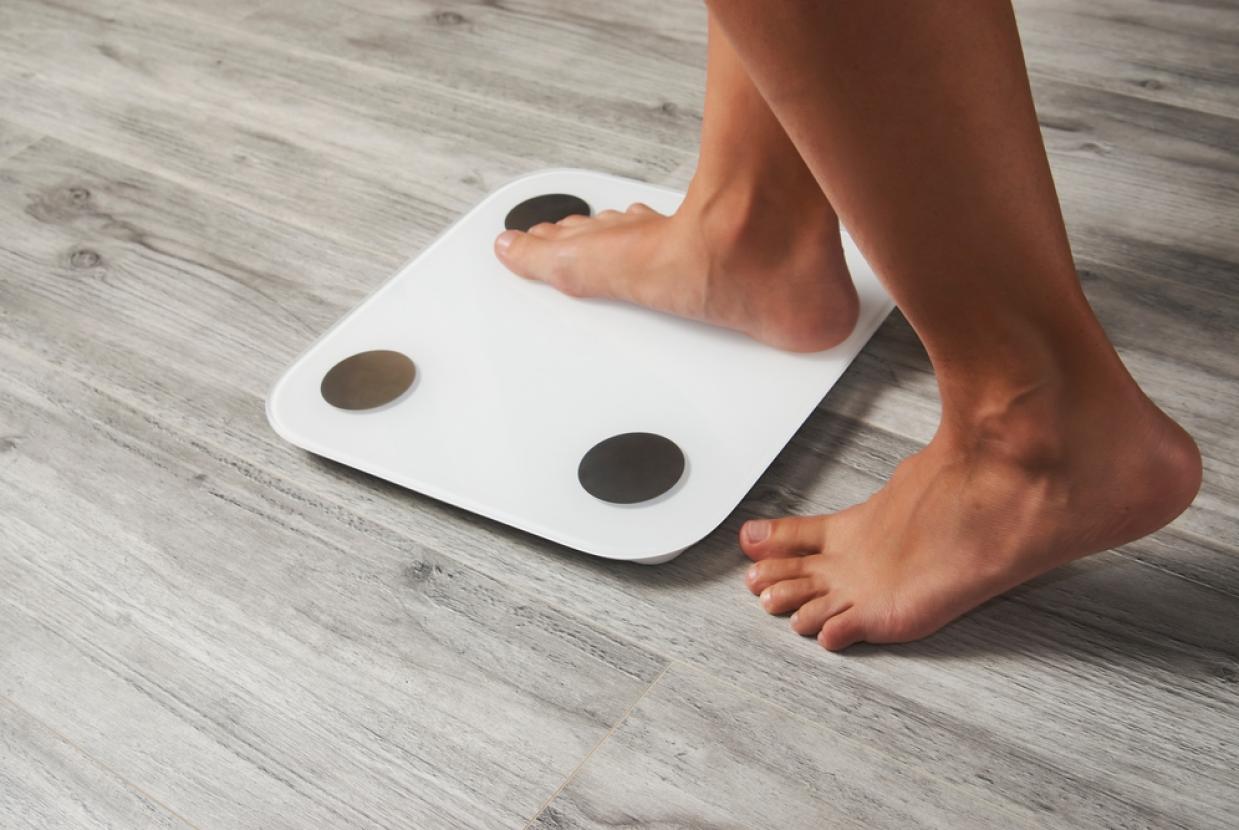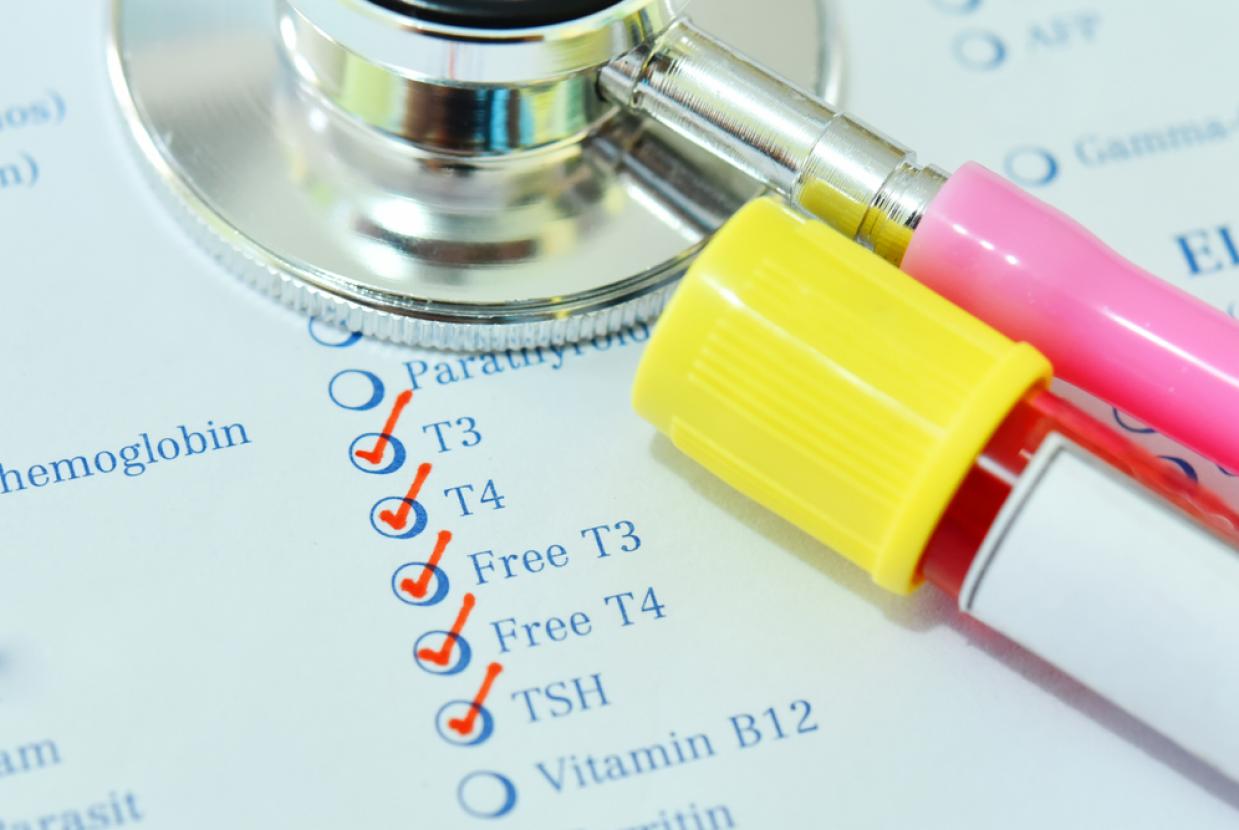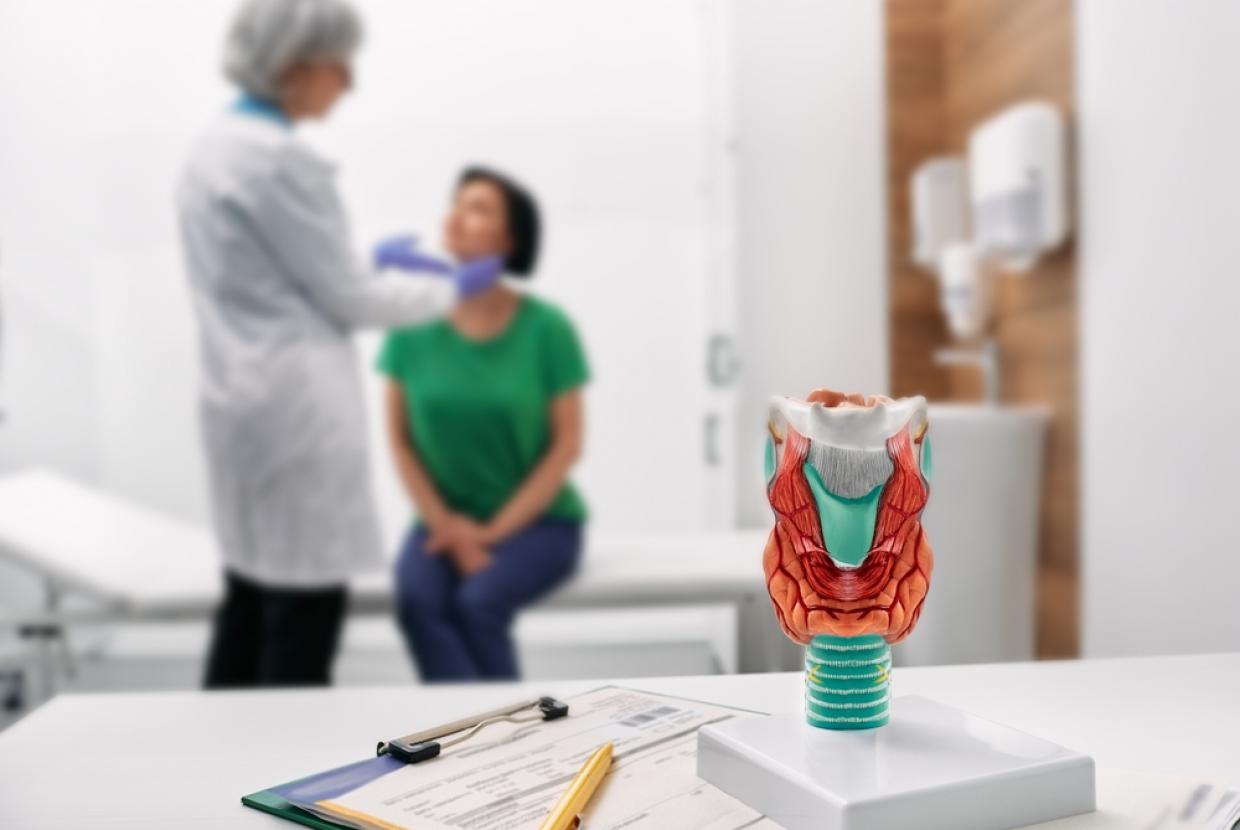All About Body Mass Index
Are you a healthy weight? With 66% of Irish adults currently overweight or obese, more and more of us are paying attention to our weight. But how much is too much? What if I weigh too little? When is it time to take action? Being a healthy weight is not just about how you look and feel now but about your overall health as you get older.
If you become obese, you are more likely to develop health problems around heart disease, diabetes and even cancer. You also put a lot of pressure on to your joints. Did you know that if you gain 1lb (0.5kg) in weight you put 4lbs (2kg) of pressure on your knees? People who are obese are 8 times for likely to develop knee arthritis as they get older. Being underweight can also affect your health especially things like osteoporosis and fertility.
Understanding Body Mass Index
Body Mass Index or BMI is a way of checking to see if you are a healthy weight. BMI uses your height and weight to calculate if you are a healthy weight, overweight or underweight. You can check your BMI using a BMI chart or there are many websites that have a BMI calculator. If you want to work out your own BMI, this is how to do it:
Weight yourself correctly: Take your weight first thing in the morning, with an empty stomach and bladder. Weigh yourself in your bare feet and get your weight in kilograms (BMI is worked out in kilograms. 1kg = 2.2lbs). For example you might be 85kg.
Take your height: Stand tall in your bare feet. Look straight ahead with your feet together and your heels against the wall. Have a friend gently lower a ruler onto your head and then mark your height on the wall with a light pencil. Use a tape measure and measure your height in meters. For example, you might be 1.6 metres.
How to calculate your BMI
Take your weight in kilograms and divide it by your height in metres. Take the number you get here and divide it by your height a second time. The number you get at the end is your BMI.
So if you weighed 85kg and your height is 1.6metres then you will work out your BMI like this:
85 ÷ 1.6 ÷ 1.6 = 33.2
BMI is usually measure as 33.2kg/m2 but we usually just talk about ’33.2’.
What does your BMI mean?
- If your BMI is less than 18.5 then you are probably underweight
- If your BMI is between 18.5 and 25, then you probably have a healthy weight
- If your BMI is between 25 and 30 then you are probably overweight
- If your BMI is over 30 then you are probably obese
BMI | Category |
Less than 18.5 | Underweight |
18.5-25 | Healthy Weight |
25-30 | Overweight |
30 or more | Obese |
People come in all shapes and sizes. This is why there is a wide range of weights-for-heights in each category. This helps to take into account a smaller or larger frame for people who are the same height.
What does being a healthy weight mean?
Sometimes people are confused about BMI. It is important to remember that BMI has nothing to do with what you look like! A slim person with a lot of muscle can have a higher BMI than and larger person with a lower BMI whose weight mainly comes from fat.
BMI is a health index
Someone whose BMI is between 18.5 and 25 has a healthy weight. People with BMIs between 18.5 and 25 have less chance of developing diseases like cancer, heart disease and diabetes. As BMI goes up, the chances of developing these diseases also increases. The risk for these diseases particularly goes up once BMI is over 30. This is one of the reasons that it is useful to try to reduce your BMI if you are in the obese category.
BMI, Fat and Muscle
One problem with BMI is that it cannot tell the difference between weight coming from fat and weight coming from muscle. This means that people with a lot of muscle (e.g. International rugby players, body builders) will often have a BMI higher than 25 but will still be healthy. This is why you must always check your waist measurement at the same time as your BMI.
Checking your Waist
The best way to get an idea about whether or not you are a healthy weight is to check your waistline. You need to measure halfway between the top of your hips and your lowest rib (across your belly button is a good place).
Try to be:
- Men – less than 90cm or 37 inches
- Women less than 80cm or 32 inches



